Property from a Private Collection Eileen Gray Unique "Brick" screen designed 1922-1923, executed 1973 Red lacquered wood, steel, brass. Each large brick: 8 5/8 x 12 5/8 x 1/2 in. (21.9 x 32.1 x 1.3 cm) 71 1/4 in. (181 cm) high Variable width, as shown: 59 in. (149.9 cm) Lacquer executed by Pierre Bobot, Paris.
Provenance Andrée Putman Paris, circa 1973 Steven A. Greenberg, New York Christie's, New York, "The Steven A. Greenberg Collection: Masterpieces of French Art Deco," December 12, 2012, lot 49 Acquired from the above by the present owner Literature Jennifer Goff, Eileen Gray Her Work and Her World, Ireland, 2015, illustrated p. 445, fig. 11.25 Catalogue Essay Unique in its configuration and color, the present lot—the only red “Brick” screen—was acquired directly from Eileen Gray circa 1973 by French interior designer Andrée Putman heir to Gray’s concise arrangements and considered eye, whose devotion to the seminal works of the 1920s drove a resurgent interest in the elder designer’s triumphs of that earlier period. Pioneering New York collector Steven Greenberg, who, together with Putman, Andy Warhol and Robert Walker championed a 1970s reappraisal of Art Deco, later acquired the screen for his New York apartment, where it kept company with masterworks by the great lacquer artist Jean Dunand Despite the fact Gray had eschewed Art Deco’s burly ornamentation and volumetric curves, Greenberg’s devotion to that style, and specifically to Dunand, would have inclined him to Gray, a master of true lacquer (who had introduced Dunand to their shared teacher Seizo Sugawara in 1912). In an undated letter to her niece Prunella Clough Gray claimed to have produced only ten “Brick” screens, as noted by Dr. Jennifer Goff, Curator of the Eileen Gray collection at the National Museum of Ireland (Eileen Gray Her Work and Her World, 2015, p. 441). This small group comprised an early black painted example, another pale wood example, and two white painted examples, after which she produced her various lacquered “Brick” screens, the majority of them black. This red screen (illustrated p. 445) dates to Gray’s final burst of creativity in the early 1970s. Four of Gray’s small series of “Brick” screens are in the permanent collections of the National Museum of Ireland, Dublin; The Museum of Modern Art, New York; the Virginia Museum of Fine Arts, Richmond; and the Victoria and Albert Museum, London. Eileen Gray’s Return to Full Color “Empress of Fashion” Diana Vreeland (1903-1989), editor-in-chief of Vogue, spun bons mots and artifice across a half century in the public eye. “I adore artifice,” she said. “I always have.” Among her driving passions were vivid appearances and color. “All my life I’ve pursued the perfect red…I want rococo with a spot of Gothic in it and a bit of Buddhist temple—,” so much so that she lived from 1955 in a New York apartment decorated entirely in that color. “Red is the great clarifier—bright, cleansing, revealing. It makes all colors beautiful.” Vreeland, doyenne of taste and talk, was as voluble in her international circles as Eileen Gray was laconic in her Paris circumference. By the 1960s, as biographer Peter Adam noted, Gray kept to her rue Bonaparte apartment, “[taking] her meals alone.” But ascetic rituals hadn’t always governed her. No stranger to artifice or renown, Gray had pursued a fervid output of decorative objects during the interwar years—screens, rugs, lighting, furniture—which attracted notices from Art et Décoration to Vogue; the latter illustrated one of her first lacquer works, Le Destin (1913), an allegoric screen with blue figures on a shocking red ground. Harper’s Bazaar swooned: “When Miss Gray exhibited her first work in this difficult medium…overnight, as it were, lacquer rooms became the rage.” Distinguished clients—couturier Jacques Doucet milliner Juliette Lévy, the Maharaja of Indore—followed. Gray was devoted to Asian lacquer, which she first encountered in 1900 as an art student at London’s Slade while wandering the halls of what is now the Victoria and Albert Museum. From 1908 she worked in the medium with her mentor, Japanese lacquer craftsman Seizo Sugawara (1884-1937), a former maker of Buddhist lacquer shrines. Whereas her modernist peers advocated a rejection of timeworn metho
Property from a Private Collection Eileen Gray Unique "Brick" screen designed 1922-1923, executed 1973 Red lacquered wood, steel, brass. Each large brick: 8 5/8 x 12 5/8 x 1/2 in. (21.9 x 32.1 x 1.3 cm) 71 1/4 in. (181 cm) high Variable width, as shown: 59 in. (149.9 cm) Lacquer executed by Pierre Bobot, Paris.
Provenance Andrée Putman Paris, circa 1973 Steven A. Greenberg, New York Christie's, New York, "The Steven A. Greenberg Collection: Masterpieces of French Art Deco," December 12, 2012, lot 49 Acquired from the above by the present owner Literature Jennifer Goff, Eileen Gray Her Work and Her World, Ireland, 2015, illustrated p. 445, fig. 11.25 Catalogue Essay Unique in its configuration and color, the present lot—the only red “Brick” screen—was acquired directly from Eileen Gray circa 1973 by French interior designer Andrée Putman heir to Gray’s concise arrangements and considered eye, whose devotion to the seminal works of the 1920s drove a resurgent interest in the elder designer’s triumphs of that earlier period. Pioneering New York collector Steven Greenberg, who, together with Putman, Andy Warhol and Robert Walker championed a 1970s reappraisal of Art Deco, later acquired the screen for his New York apartment, where it kept company with masterworks by the great lacquer artist Jean Dunand Despite the fact Gray had eschewed Art Deco’s burly ornamentation and volumetric curves, Greenberg’s devotion to that style, and specifically to Dunand, would have inclined him to Gray, a master of true lacquer (who had introduced Dunand to their shared teacher Seizo Sugawara in 1912). In an undated letter to her niece Prunella Clough Gray claimed to have produced only ten “Brick” screens, as noted by Dr. Jennifer Goff, Curator of the Eileen Gray collection at the National Museum of Ireland (Eileen Gray Her Work and Her World, 2015, p. 441). This small group comprised an early black painted example, another pale wood example, and two white painted examples, after which she produced her various lacquered “Brick” screens, the majority of them black. This red screen (illustrated p. 445) dates to Gray’s final burst of creativity in the early 1970s. Four of Gray’s small series of “Brick” screens are in the permanent collections of the National Museum of Ireland, Dublin; The Museum of Modern Art, New York; the Virginia Museum of Fine Arts, Richmond; and the Victoria and Albert Museum, London. Eileen Gray’s Return to Full Color “Empress of Fashion” Diana Vreeland (1903-1989), editor-in-chief of Vogue, spun bons mots and artifice across a half century in the public eye. “I adore artifice,” she said. “I always have.” Among her driving passions were vivid appearances and color. “All my life I’ve pursued the perfect red…I want rococo with a spot of Gothic in it and a bit of Buddhist temple—,” so much so that she lived from 1955 in a New York apartment decorated entirely in that color. “Red is the great clarifier—bright, cleansing, revealing. It makes all colors beautiful.” Vreeland, doyenne of taste and talk, was as voluble in her international circles as Eileen Gray was laconic in her Paris circumference. By the 1960s, as biographer Peter Adam noted, Gray kept to her rue Bonaparte apartment, “[taking] her meals alone.” But ascetic rituals hadn’t always governed her. No stranger to artifice or renown, Gray had pursued a fervid output of decorative objects during the interwar years—screens, rugs, lighting, furniture—which attracted notices from Art et Décoration to Vogue; the latter illustrated one of her first lacquer works, Le Destin (1913), an allegoric screen with blue figures on a shocking red ground. Harper’s Bazaar swooned: “When Miss Gray exhibited her first work in this difficult medium…overnight, as it were, lacquer rooms became the rage.” Distinguished clients—couturier Jacques Doucet milliner Juliette Lévy, the Maharaja of Indore—followed. Gray was devoted to Asian lacquer, which she first encountered in 1900 as an art student at London’s Slade while wandering the halls of what is now the Victoria and Albert Museum. From 1908 she worked in the medium with her mentor, Japanese lacquer craftsman Seizo Sugawara (1884-1937), a former maker of Buddhist lacquer shrines. Whereas her modernist peers advocated a rejection of timeworn metho

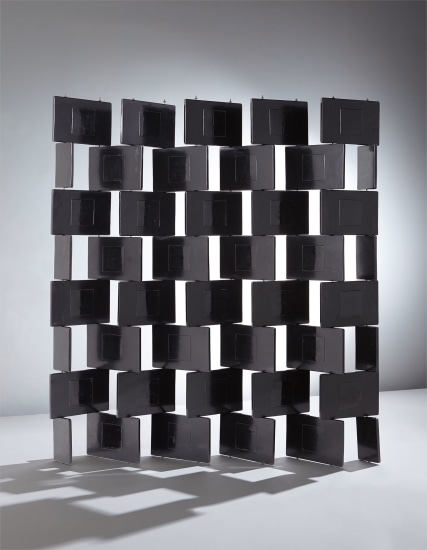

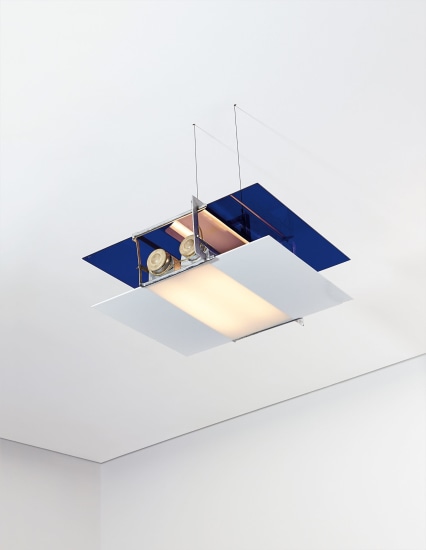
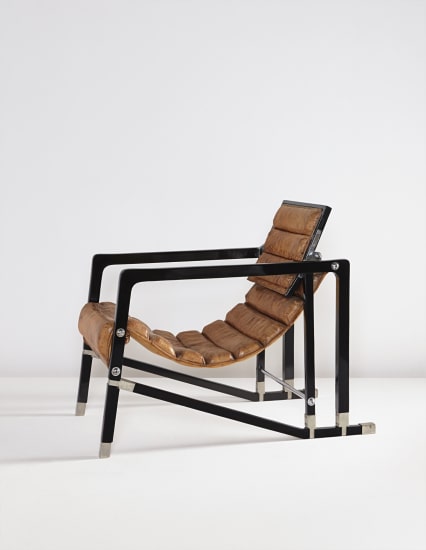





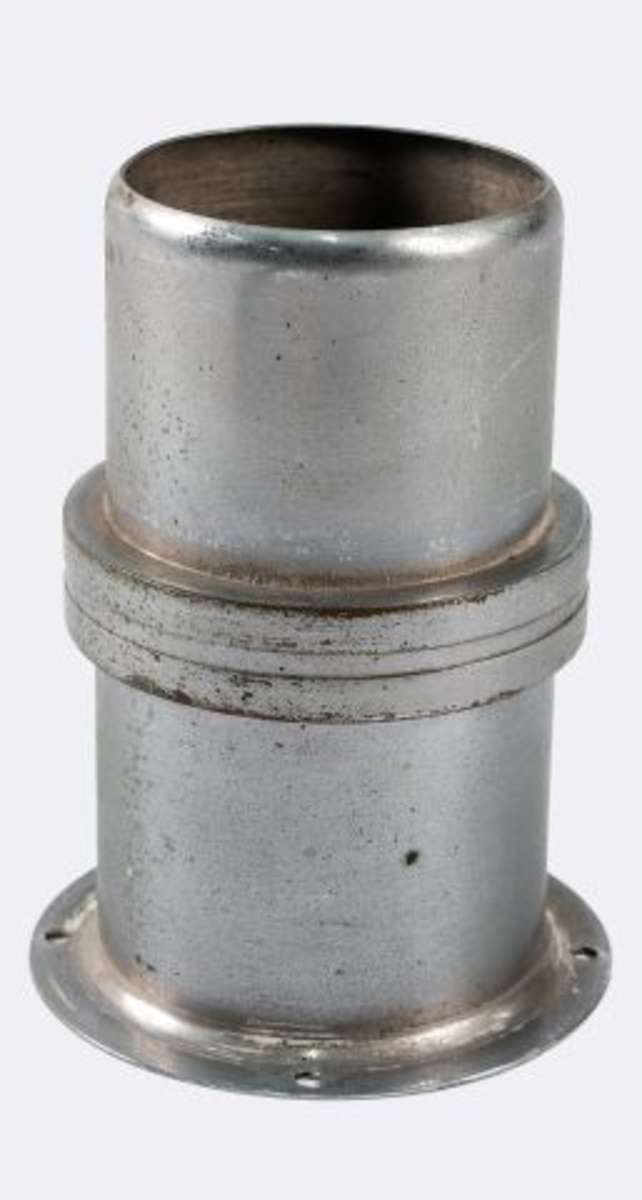

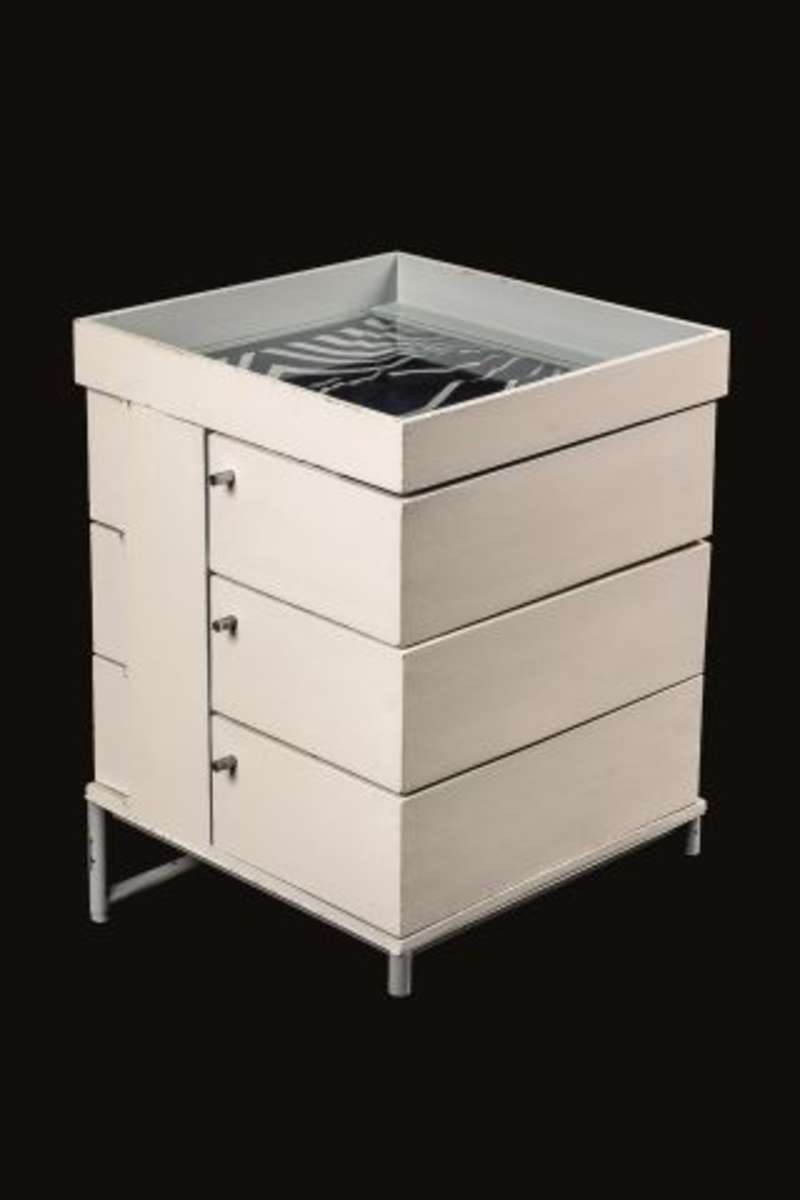

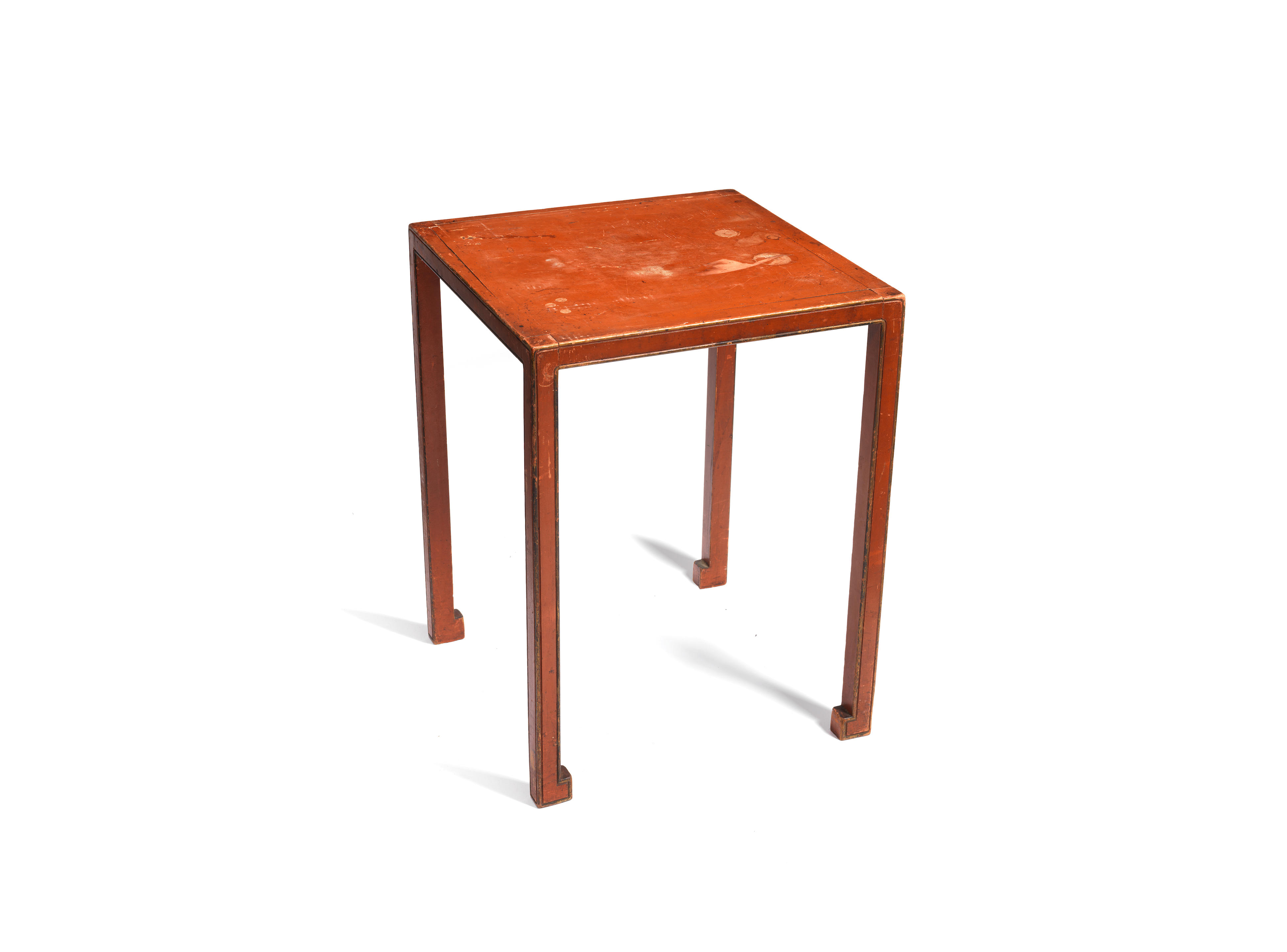
Testen Sie LotSearch und seine Premium-Features 7 Tage - ohne Kosten!
Lassen Sie sich automatisch über neue Objekte in kommenden Auktionen benachrichtigen.
Suchauftrag anlegen